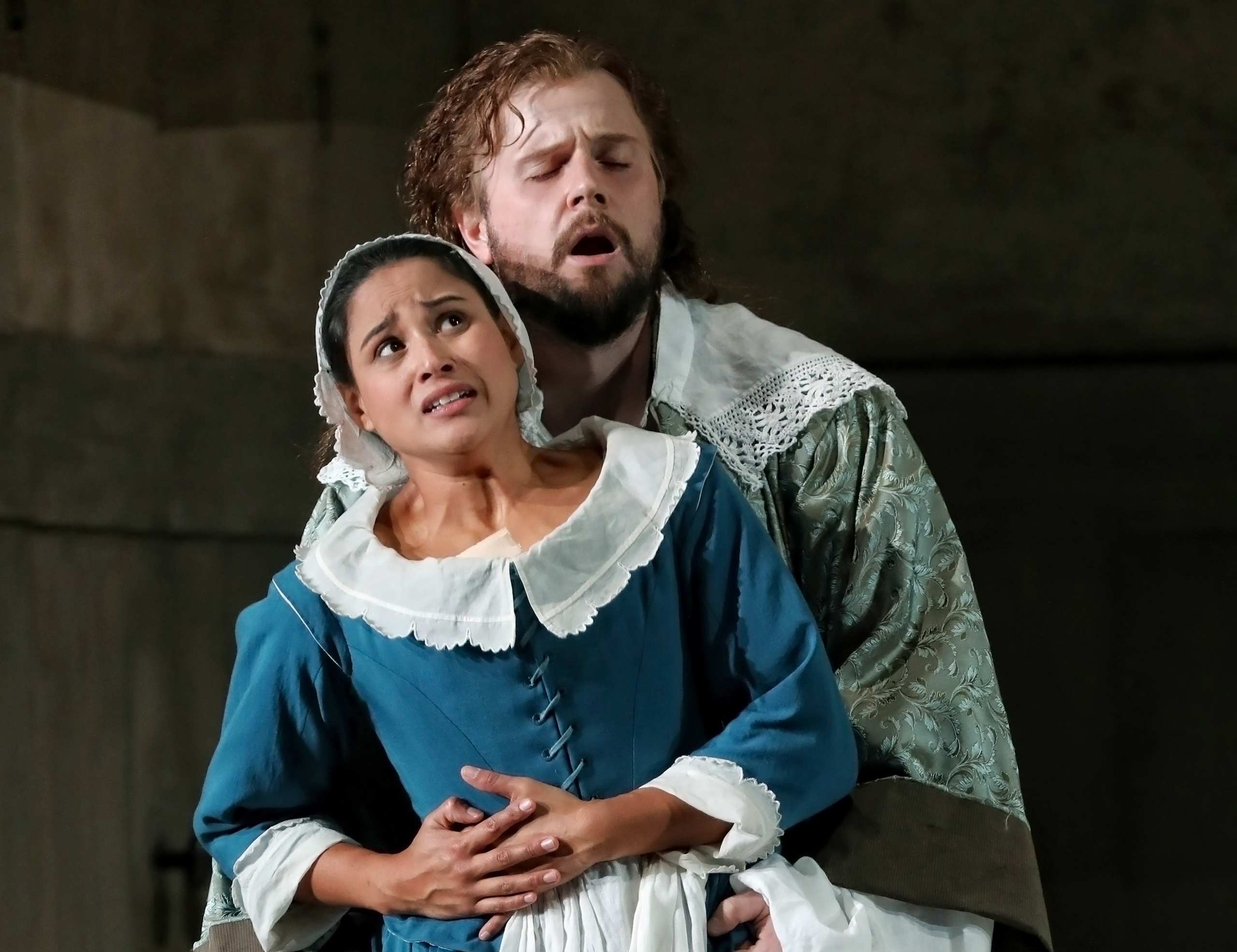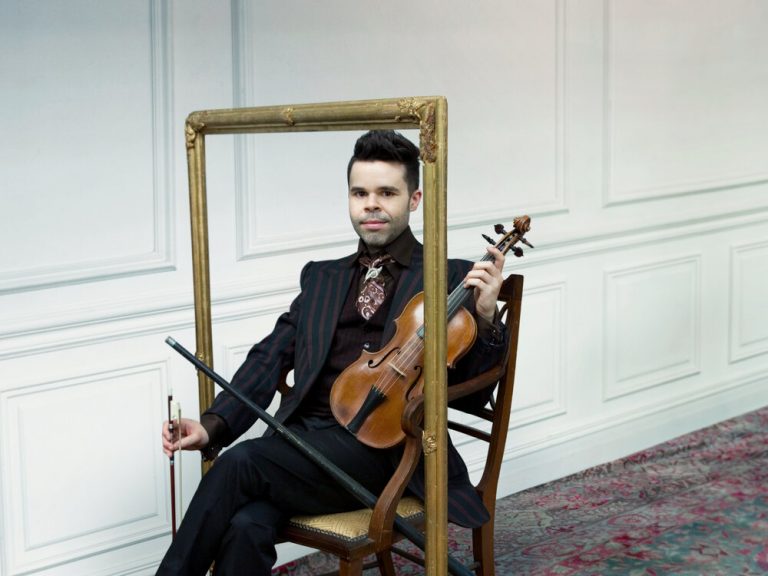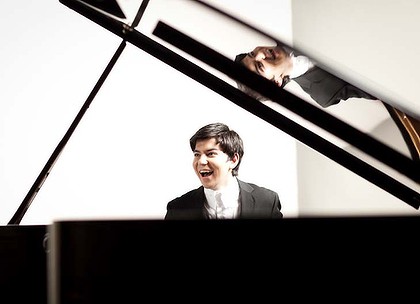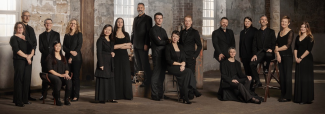Opera Review: The Marriage Of Figaro/ Opera Australia
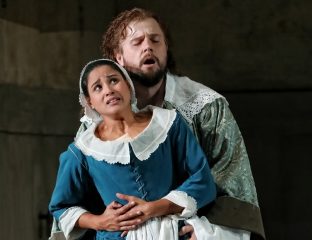
Le nozze di Figaro (The Marriage of Figaro)
Opera Australia
Joan Sutherland Theatre, Sydney opera House
18 October 2019
Written by Deen Hamaker
Based on Pierre Beaumarchais’ 1778 play La Folle Journée, ou Le Mariage de Figaro (The Mad Day, or The Marriage of Figaro), Wolfgang Amadeus Mozart’s opera is among the most popular of all operas and is thought by many to be the best opera ever written. It contains one gorgeous aria after another, beautiful duets and bravura ensembles as well as hilarious situations and heartfelt scenes. Musically, Opera Australia’s production reached significant heights with highlights throughout. By the end, it was ravishing and glorious. Sir David McVicar’s 2015 production, here revived by Andy Morton, is more successful on this outing than previously, though there is still a strange disconnect between much of the libretto, music, direction, sets and costumes.
Beaumarchais’ salacious play caused a furore in Paris when it eventually premiered in 1784, 6 years after it was first written. The play had been through the censors twice in order to be approved. The location moved to Spain and some of the politics toned down, but it still caused a sensation and was banned across Europe, including in Vienna, where Mozart had taken up residence. There was much resistance to Mozart setting the play for the operatic stage, but the Italian libretto by Lorenzo da Ponte found the approval of the Emperor after much of the overt political content was removed. Premiered in 1786 in Vienna, the opera was very well received, though only for 9 performances. Soon, performances in Prague followed, causing a sensation and Mozart’s opera was performed across Europe and then the world.
Figaro, valet to Count Almaviva, is marrying his true love, Susanna, maid to the Countess. The Count has been neglecting his wife and has his eyes set on Susanna – a reference to the droit du seigneur, (French: “right of the lord”), a right said to have given the landowner the right to sleep the first night with the bride of any one of his servants. Meanwhile, the Count’s pubescent page, Cherubino, has his eyes set on every woman in the Count’s palace, and so the pieces are set on the board. What starts as a screwball comedy, becomes something slightly darker as Susanna and Figaro lead the Count on a rambunctious, even murderous romp through the palace and out into the moonlit gardens. In the end, Susanna and the Countess outwit the Count and his nefarious plans and all ends happily.
As Figaro, Paolo Bordogna, brings charisma and a strong buffo stage presence. He is vocally splendid throughout, particularly in the patter sections which he executes with aplomb. With a glint in his eye and his tongue firmly in his cheek, he is the perfect evocation of Figaro. Stacey Alleaume is a wonderful Susanna. Light and bright, she comes into her own with Susanna’s Act 4 aria, vocally blossoming with gorgeous warmth. She manages the comedic shifts and fiesty outbursts with style. Together, they make gorgeous happy couple.
Andrei Bondarenko is commanding as Count Almaviva. Vocally his dark brooding baritone is perfect for Count. He stalks and broods with nobility shot through with more than a touch of malevolence. His Act 3 aria is wonderfully rendered fit of petulant rage at having his plans outwitted yet again. As the Countess, Ekaterina Sadovnikova, warms throughout the evening. Hers is a lovely rendering of the noble but heartbroken grande dame. Dove sono, the Countess’s third act aria is beautifully rendered and her duet with Susanna, Sull’aria, is one of the musical highlights of the evening. Anna Dowsley as Cherubino is fantastic as the hormonal young page. With her luscious rich voice, she continues from success to success. Cherubino’s two famous arias were beautifully performed. She embodies the young page with wit and charm and not small amount of swagger. Few mezzo-sopranos manage trouser roles better than this.
All of the supporting roles are excellently handled by wonderful Australian singers. Kate Amos makes a charming Barbarina; Dominica Matthews, Richard Anderson, Benjamin Rasheed and Graeme Macfarlane are all sensational in the comic minor roles. Delightful singing and fantastic comic acting make for some great moments of humour and belly laughs from the audience. The entire cast excelled in the complex ensembles, particularly the second act finale just before interval.
Guillaume Tournaire leads the Opera Australia Orchestra in a succinct performance of Mozart’s masterpiece. He balances the tempi excellently through the long evening, keeping everything moving along but still taking his time at the appropriate moments to allow us to revel in Mozart’s gorgeous music. The Opera Australia Orchestra played beautifully, starting with the sparkling overture, through the long evening, right up to the very end.
While musically this production is wonderful, unfortunately the production does have some odd juxtapositions between the libretto and the setting. Sir David McVicar has set the opera in what appears to be the Low Countries of the mid-17th century. While the costumes, by Jenny Tiramani, are gorgeous, the sets are a bit tired. The change of setting and moving the opera back in time from its usual setting, does add little to the story. While not as serious or bland as in the 2015 premiere season, the setting really doesn’t match the joyous rollicking humanity of the opera. There are some inexplicable moments, such as Susanna singing her gorgeous Act 4 aria in front of the curtain. Other moments are not set out clearly and make the action difficult to follow. While the severity and malice that was so evident in this production’s original outing has been toned down and some humour injected, the production still doesn’t really fit with the opera. David Finn’s lighting design for the first three acts, which is meant to faithfully render daylight through the windows of the palace, is clever, but it does hamper the action and limits the range of movement of the singers. While the set for the fourth act is quite lyrical, its Stygian darkness negates the action taking place on the stage as the audience can’t see what is happening. It is a pity that so much of the fun of the fourth act is lost as it takes place in such dim light.
Despite the change of setting and the occasional odd piece of staging, the principals, chorus and orchestra do a stellar musical job of rendering Mozart’s sensational masterpiece.
Deen Hamaker for SoundsLikeSydney©
Deen Hamaker is a passionate opera aficionado and commentator. Introduced to theatre, opera and classical music at a very young age, he has acted in and directed several theatre productions, both in Australia and overseas. Deen lived in Japan for several years and studied the performing arts of Asia. Deen’s particular passion is opera, particularly the Russian, French and Modern repertoire. Deen was a contributing author for “Great, Grand and Famous Opera Houses” 2012. Fluent in Japanese, Deen holds a Bachelor of Arts in Japanese from Griffith University and currently lives in Sydney.

